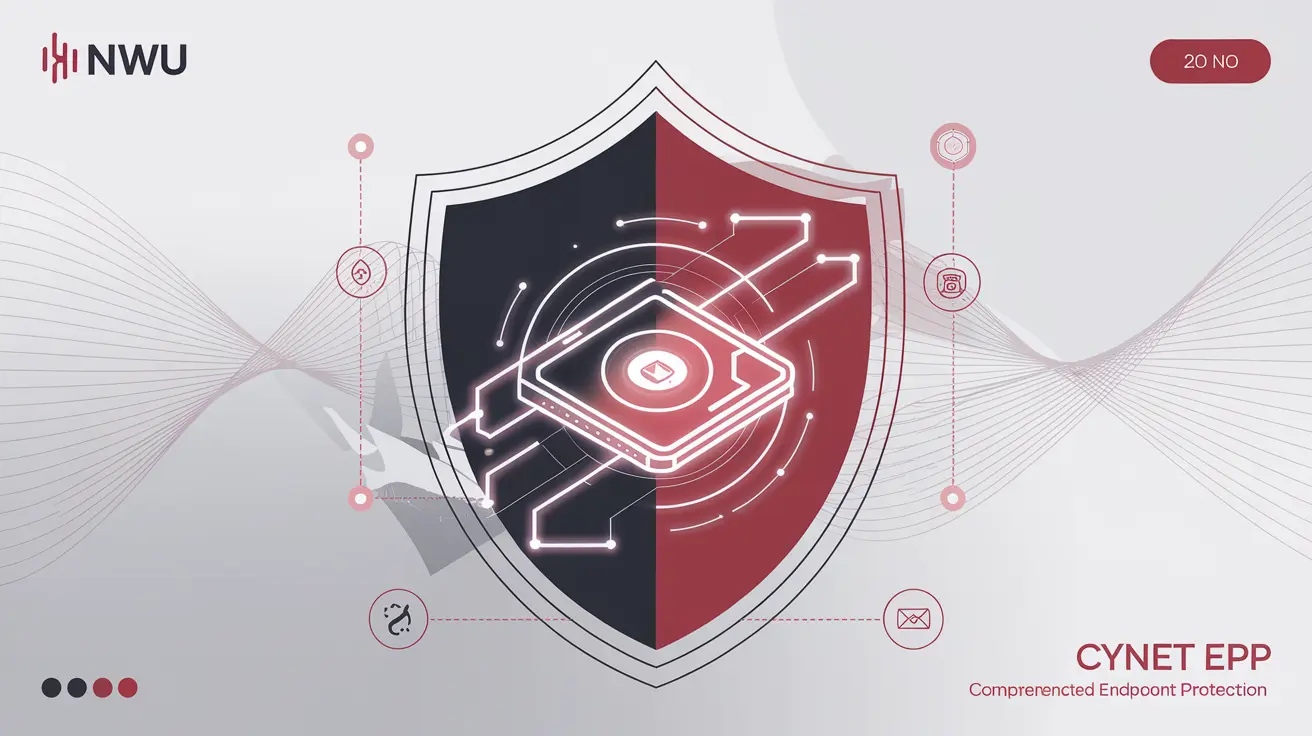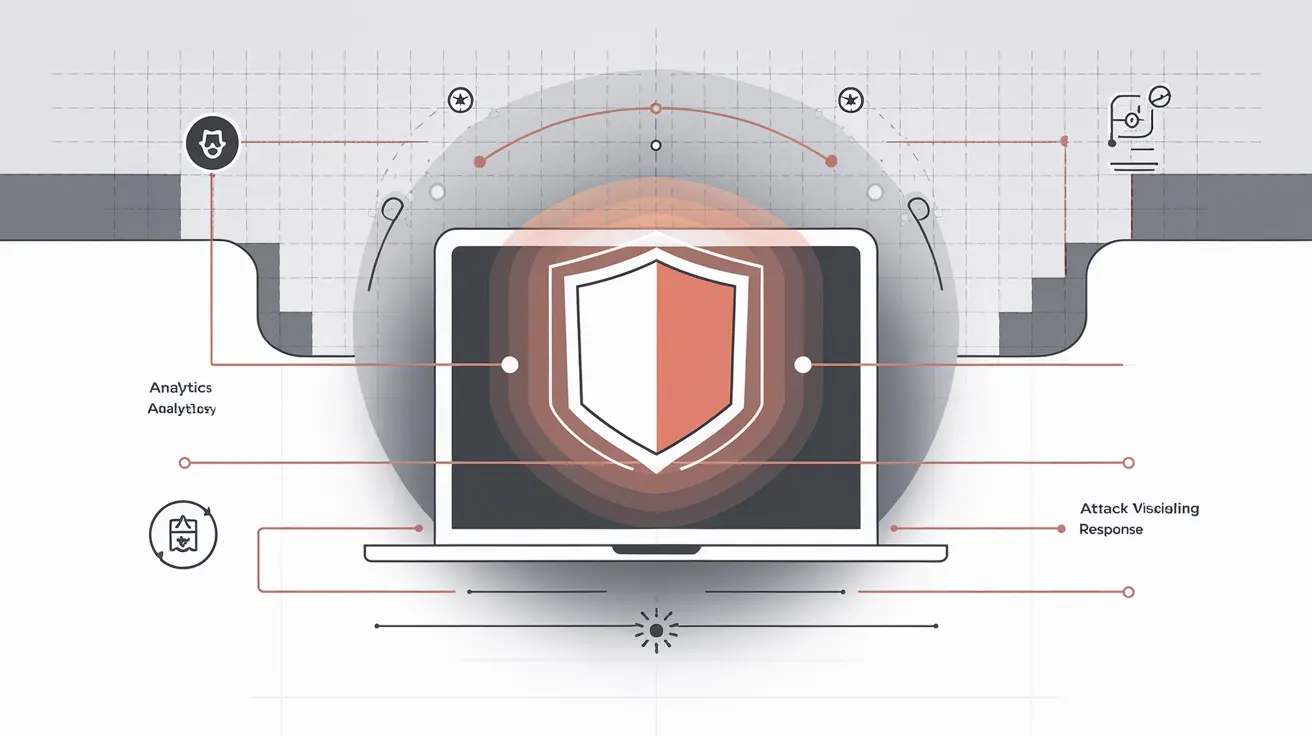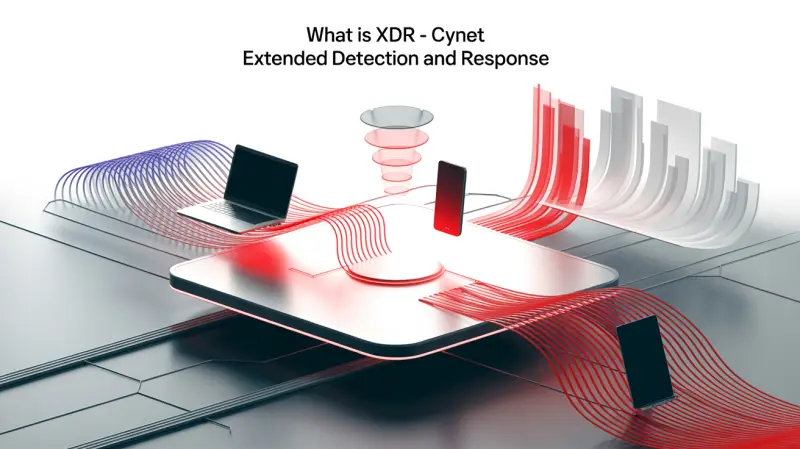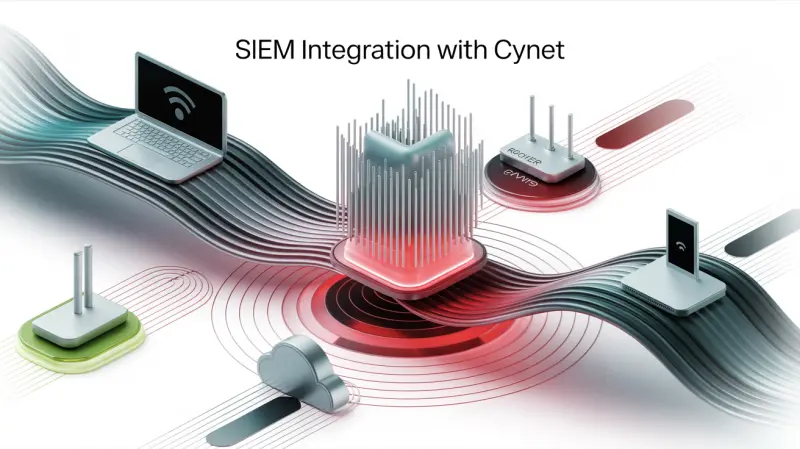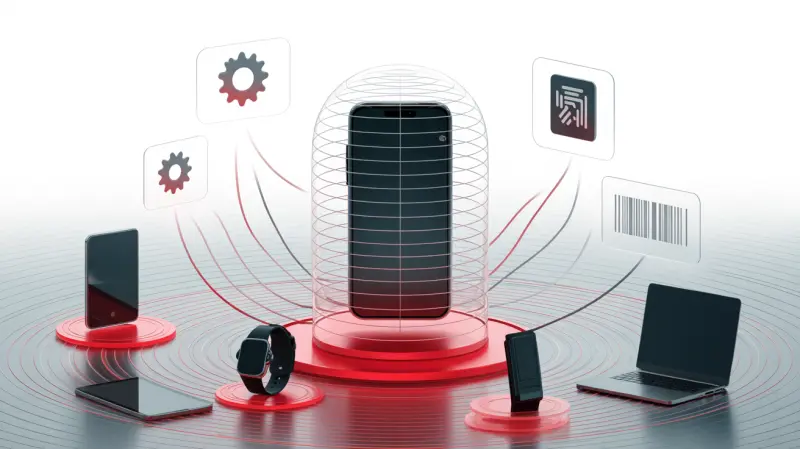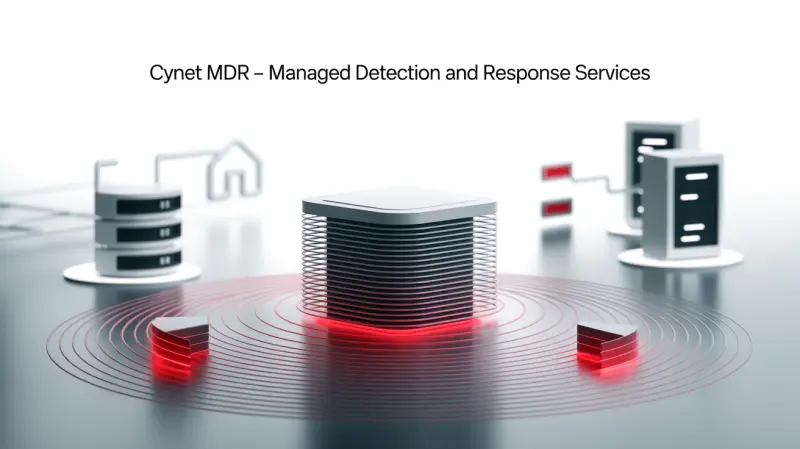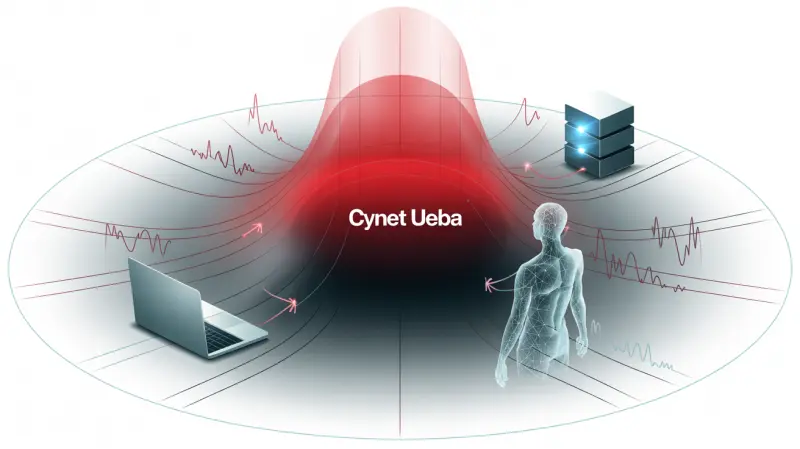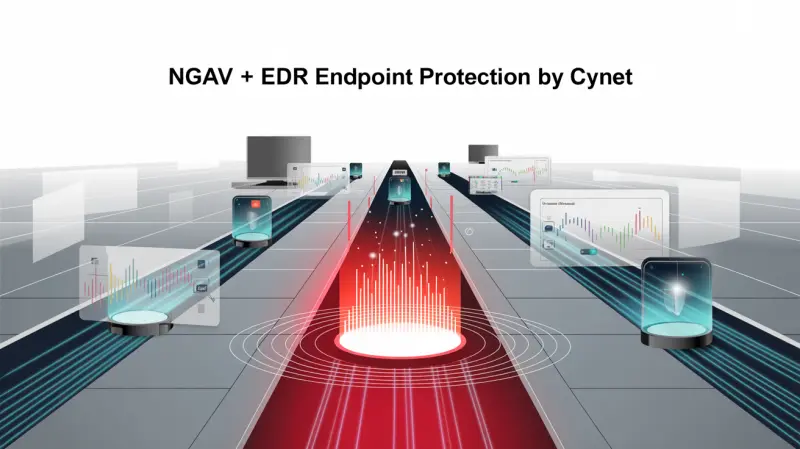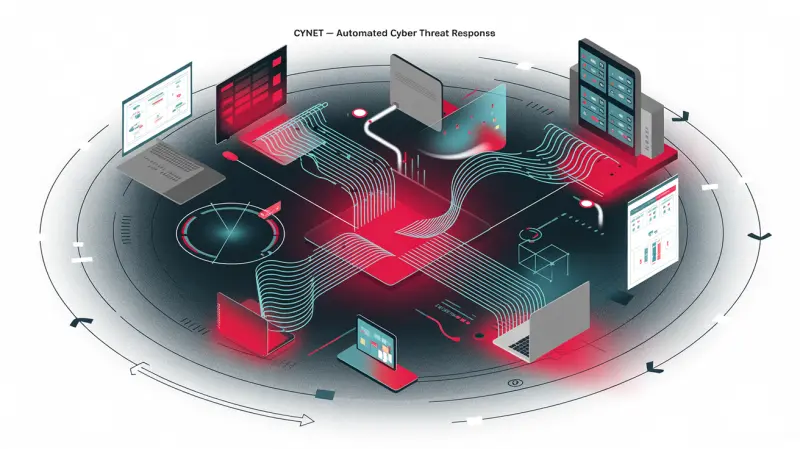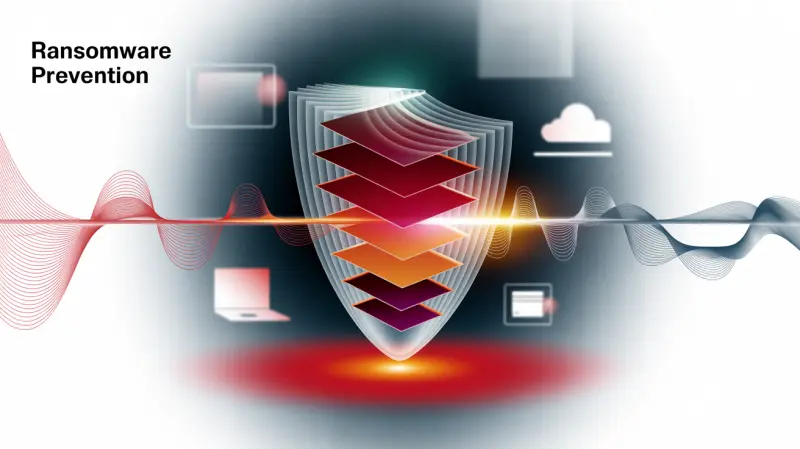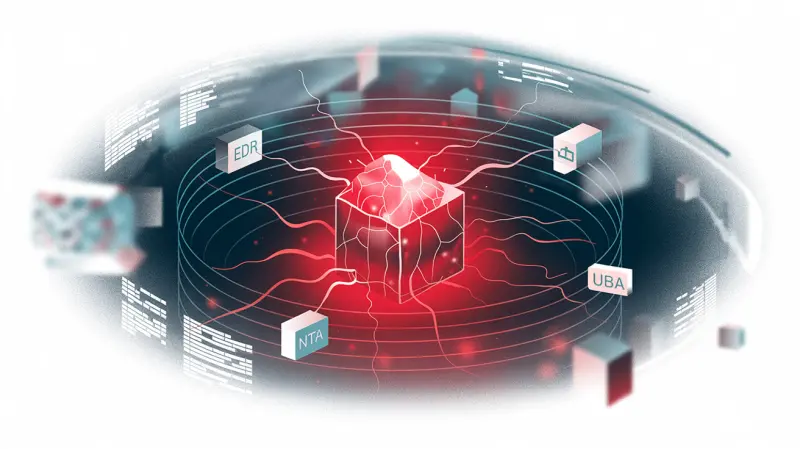
When it comes to protecting digital assets, the importance of a proactive approach cannot be overstated. Cybersecurity today is not just about installing antivirus software, but a comprehensive system that includes a data breach response plan. This document, developed and implemented in advance, can be the deciding factor between a minor incident and catastrophic business consequences. In an era of constant cyber threats and sophisticated attacks, where data breach prevention is becoming an increasingly important task, having a clear and prompt action plan is a necessity. In this article, we will examine the key aspects of data breach response, drawing on the experience and solutions of Cynet, a company specializing in advanced cybersecurity systems.
The Importance of a Data Breach Response Plan
A data breach, regardless of its scale, can lead to serious consequences: financial losses, reputational damage, legal problems, and loss of customer trust. By having a ready-made data breach response plan, an organization can significantly reduce downtime, minimize damage, and restore normal operations in the shortest possible time. In addition, the plan helps:
- Clearly define roles and responsibilities. In a crisis situation, each team member should know what to do, which reduces chaos and increases efficiency.
- Ensure rapid decision-making. Pre-developed protocols avoid wasting valuable time discussing each step.
- Comply with regulatory requirements. Many regulators require data breach response plans, and their absence can result in fines.
- Increase customer and partner confidence. Demonstrating readiness for any cyber threat strengthens confidence in the organization’s reliability.
Key Steps in Developing a Data Breach Response Plan
Creating an effective data breach response plan is a multi-stage process that requires careful analysis and planning. Here are the main steps:
- Risk and vulnerability assessment. It is necessary to determine which data is most valuable and which systems are most vulnerable to attacks. This will allow you to focus your efforts on protecting the most important assets. Common mistakes made at this stage include underestimating the importance of individual data or ignoring certain types of threats.
- Development of a security policy. Based on the results of the risk assessment, a comprehensive security policy is created, defining the rules and procedures for data protection.
- Creation of an incident response team. This team should include representatives from different departments: IT, information security, legal, PR, etc.
- Development of response procedures. It is necessary to clearly define the actions that need to be taken at each stage of a data breach: from detection to recovery.
- Staff training. All employees should be aware of the response plan and know their responsibilities.
- Testing and improving the plan. Regular exercises and simulations help identify weaknesses and make necessary adjustments.

Cynet Solutions for Preventing and Responding to Data Breaches
Cynet offers a comprehensive cybersecurity platform that enables organizations to effectively prevent data breaches, detect, and respond to cyber threats. Cynet solutions include:
- Endpoint Protection Platform (EPP): provides endpoint protection against various types of malware, including ransomware.
- Endpoint Detection and Response (EDR): allows you to detect and respond to sophisticated attacks that cannot be detected by traditional antivirus software.
- Network Traffic Analysis (NTA): analyzes network traffic to identify anomalies and suspicious activity.
- User and Entity Behavior Analytics (UEBA): monitors the behavior of users and devices to identify insider threats.
- Deception Technology: creates false targets and lures for attackers to detect their presence on the network.
Cynet’s data breach response plan provides the following benefits:
- Automated incident detection and response. The Cynet platform automates many stages of incident response, which reduces downtime and minimizes damage.
- Centralized Security Management. Cynet provides a single console for managing all aspects of cybersecurity, simplifying the task of monitoring and responding to threats.
- 24/7 Expert Support. The Cynet team of experts is always ready to assist in the event of an incident.
Practical Tips for Implementing a Data Breach Response Plan
In addition to using advanced technological solutions, as offered by Cynet, it is important to consider other aspects of data breach response. Here are some practical tips:
- Don’t panic. Stay calm and follow the plan. Panic will only worsen the situation.
- Isolate infected systems. This will help prevent the spread of the attack.
- Collect evidence. Document all the steps you take. This will be useful for the investigation and for providing information to regulatory authorities.
- Notify stakeholders. Inform customers, partners, and regulatory authorities of the incident in accordance with legal requirements.
- Conduct a thorough investigation. Identify the cause of the data breach and take steps to prevent similar incidents in the future.
- Constantly improve your response plan. Cyber threats are constantly changing, so your plan must be up-to-date and relevant to current realities.
An effective data breach response plan is not just a document on a shelf, but a living tool that must be constantly updated and tested. Investing in the development and implementation of such a plan is an investment in the security of your business and the protection of your reputation. Remember that data breach prevention is not a one-time event, but a continuous process that requires constant attention and effort. For more information about Cynet solutions and how they can help you protect your organization from cyber threats, please contact us.
FAQ: Data Breach - Rapid Response and Protection Plan
-
Why is a data breach response plan so important?
A data breach response plan allows you to quickly minimize the damage from an incident, reduce downtime, ensure compliance with regulatory requirements, and increase the trust of customers and partners. It clearly defines roles and responsibilities, enabling rapid decision-making.
-
What are the main steps in developing a data breach response plan?
The main steps include: assessing risks and vulnerabilities, developing a security policy, creating an incident response team, developing response procedures, training personnel, and testing and improving the plan.
-
What should I do if a data breach occurs?
Stay calm, isolate infected systems, gather evidence, notify stakeholders in accordance with the law, conduct a thorough investigation, and continuously improve your response plan.
-
What solutions does Cynet offer to prevent data breaches?
Cynet offers a comprehensive cybersecurity platform that includes Endpoint Protection Platform (EPP), Endpoint Detection and Response (EDR), Network Traffic Analysis (NTA), User and Entity Behavior Analytics (UEBA), and Deception Technology.
-
What benefits does the Cynet data breach response plan provide?
The plan provides automated incident detection and response, centralized security management, and 24/7 expert support.
-
How often should a data breach response plan be tested?
Regular exercises and simulations allow you to identify weaknesses and make necessary adjustments, so the plan should be tested regularly, at least once a year, and preferably more often.
-
Who should be on the incident response team?
The team should include representatives from different departments: IT, information security, legal department, PR, etc.
-
What is a security policy and why is it needed?
A security policy is a set of rules and procedures for protecting data, defining how the organization should protect its assets. It is created based on the results of risk and vulnerability assessments.
-
What mistakes are often made when assessing risks and vulnerabilities?
Common mistakes include underestimating the importance of specific data or ignoring certain types of threats.
-
Why is ongoing work on a data breach response plan important?
Cyber threats are constantly changing, so your plan must be up-to-date and relevant to the current realities. Continuously improving the plan is an investment in business security and protection of reputation.

